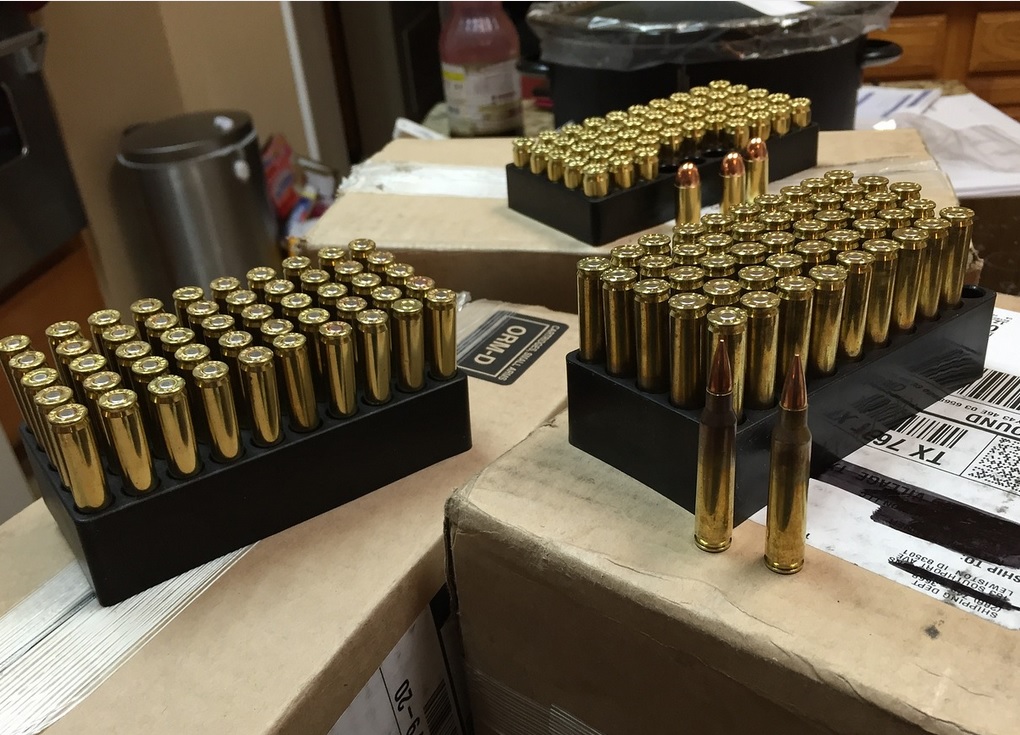 [5]
[5]
By Oregon Department of Fish and Wildlife,
The North American Non-Lead Partnership — formed late last year by the Oregon Zoo, The Peregrine Fund and the Institute for Wildlife Studies — seeks to expand the coalition of hunters, anglers and other conservationists dedicated to improving ecosystem and wildlife health by choosing non-lead options.
“This is a long-term, multi-organization effort to help North America’s wildlife,” said Leland Brown, the Oregon Zoo’s non-lead hunting education coordinator and a lifelong outdoorsman. “Many of us are hunters ourselves, so we have a personal connection to this project. We’re proud of the contributions we’ve made to conservation, and we hope to inspire more outdoor enthusiasts and organizations to lend their support and help realize this vision in the months and years to come.”
Three state wildlife agencies — the Arizona Game and Fish Department, Utah Division of Wildlife Resources, and Oregon Department of Fish and Wildlife — have recently joined the partnership, and at least five sports groups have pledged their support. One, the Arizona chapter of the National Wild Turkey Federation, even committed to an annual donation to support the efforts.
“ODFW supports a voluntary strategy to increase the use of non-lead ammunition among hunters in Oregon,” said Curt Melcher, Oregon Department of Fish and Wildlife Director. “We’re pleased to join the North American Non-Lead Partnership so we can increase our efforts to educate and encourage hunters to voluntarily switch to non-lead ammunition.”
“We’re excited about the partnership and confident that working with stakeholders — on all sides of the lead issue — is necessary to ensure the long-term health of Utah’s wildlife and their habitats,” said Mike Fowlks, Utah Division of Wildlife Resources Director. “We recognize the role that stakeholder engagement has in wildlife management and look forward to working cooperatively with the program partners.”
“The Arizona Game and Fish Department is committed to conserving and protecting Arizona’s diverse wildlife, which is why we are lending our support to the North American Non-Lead Partnership,” said Jim deVos, Arizona Department of Game and Fish Assistant Director for Wildlife Management. “Our department has placed non-lead ammunition into the hands of our hunters and worked to inform the public to consider switching to non-lead ammunition to better protect our wildlife and human health.”
Since the 1980s, people have worked to remove lead from paint, gasoline and plumbing, but it still can pose a threat to wildlife. When scavenging birds and mammals eat the remains of carcasses shot with lead ammunition, tiny fragments of the heavy metal can be ingested and then absorbed into their bloodstream, often causing long-term side effects and sometimes even death. Non-lead ammunition options, such as high performance solid copper bullets, help prevent lead poisoning in scavengers like bald eagles, golden eagles and other birds of prey.
The North American Non-Lead Partnership works to engage hunters and other wildlife enthusiasts by:
– Designing and promoting voluntary measures to increase the use of non-lead ammunition
– Supporting the continued long-term viability of scientifically managed hunting and the associated conservation culture by providing programs that encourage sports-men and -women participation in conservation actions
– Supporting continued efforts to conduct scientific research into the relative risk associated with specific lead exposure pathways between use of lead ammunition and wildlife
– Using scientific evaluation to assess and improve programs
“Voluntary lead-reduction programs in Arizona and Utah have been very successful,” said Chris Parish, The Peregrine Fund’s director of conservation. “We want to see these voluntary efforts expanded across North America. We are confident that as this partnership expands, more hunters and organizations will join.”
The three founding organizations that launched the new partnership were inspired by the success of the North American Model of Wildlife Conservation, recognizing a long tradition of conservation among America’s outdoor sports enthusiasts.